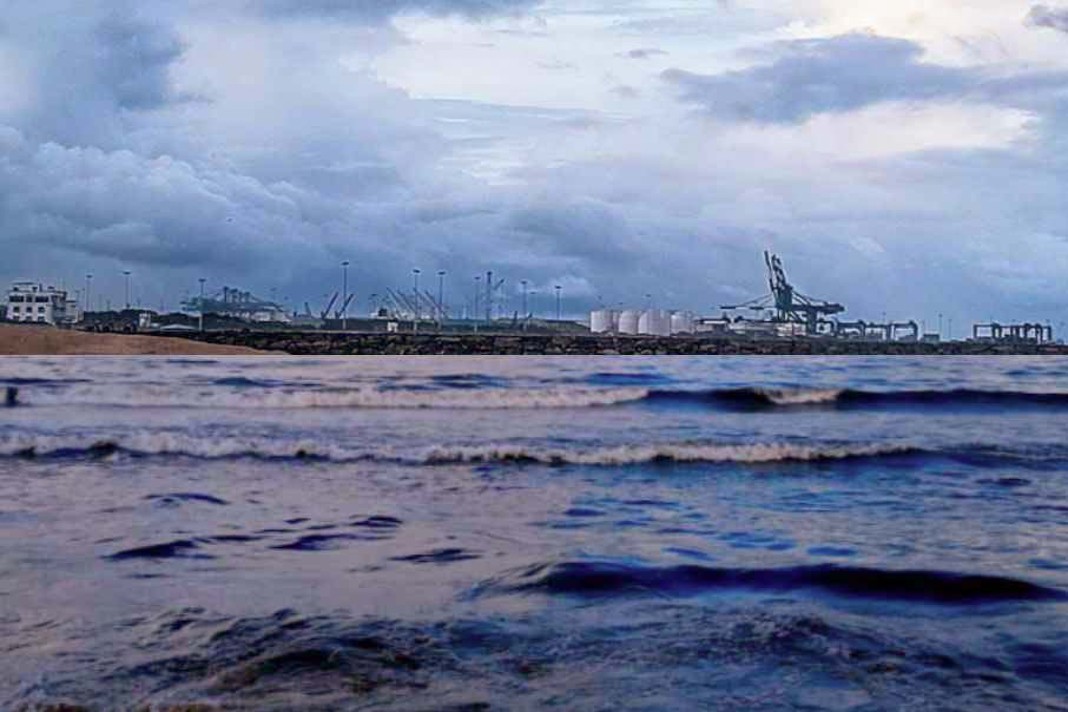A general cargo vessel was preparing to depart from a river port after loading cargo. The pilot boarded the vessel and proceeded to the bridge for the master-pilot exchange. Given the vessel and master’s familiarity with the port, the transit was considered routine. The master and pilot discussed the status of the main engine, steering, and control systems, all of which were in excellent condition, reports Safety4sea.
Master-Pilot Exchange:
- Pilot Card: The master shared the pilot card, confirming that vessel characteristics were as expected, with the vessel trimmed by the stern.
- Weather and Traffic: The pilot forecasted favorable weather and minimal marine traffic.
- Route Discussion: They discussed the intended outbound route, noting dredging activities primarily affecting inbound traffic.
Departure:
The vessel was moved away from the dock by harbor tugs, which were then dismissed as the vessel increased speed downriver. The pilot communicated with an inbound tanker pilot and decided to increase speed to avoid passing in a river bend. The vessel’s engine was ordered to full ahead to navigate the bend quickly.
Incident:
Shortly after increasing speed, the helmsman reported abnormal rudder response, and the vessel shuddered. The vessel sheered to starboard, crossed out of the channel, and grounded. The investigation revealed that the vessel experienced an increase in the draft due to squatting at full speed, with less than 1 foot (0.3 meters) of under keel clearance. The stern touched the bottom, causing a loss of steering control.
Investigation Findings:
- Underkeel Clearance: The master and pilot did not discuss underkeel clearance during the master-pilot exchange. The master assumed the Electronic Chart Display Information System (ECDIS) depth was accurate and compliant with the company’s minimum under keel clearance of 2 feet (0.6 meters).
- Shoaling Awareness: The pilot was aware of shoaling reducing channel depth but assumed the master was informed via a port notice. Thus, the actual under keel clearance was less than required.
Damage Assessment:
- Actual Damage: The vessel sustained hull damage on the starboard side forward, requiring drydocking for repairs, costing over $130,000.
- Potential Damages: The incident had the potential for significant claims but fortunately avoided damage to the propeller, rudder, port structures, and other vessels.
Prevention Measures:
A thorough master-pilot exchange should cover all navigational aspects and planned voyage details. Key points to include:
- Use and completion of a checklist for the master-pilot exchange.
- Discussion of vessel handling characteristics concerning the loaded condition and trim.
- Review of all port activities, including inbound/outbound vessels, construction, dredging, and special events.
- Consideration of currents, tides, tidal currents, and winds.
- Detailed discussion on the specific use and release timing of tugs.
- A comprehensive review of the passage plan details.
- Readiness check of the anchors.
- Explicit discussion on underkeel clearance, including company minimums and actual available channel depth.
Did you subscribe to our daily Newsletter?
It’s Free! Click here to Subscribe
Source: Safety4sea






















